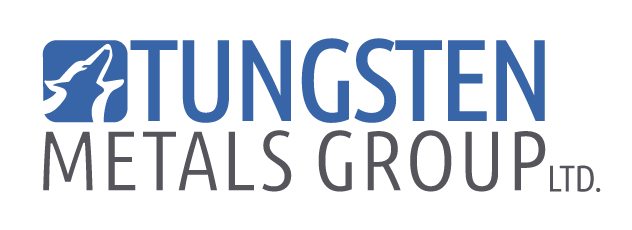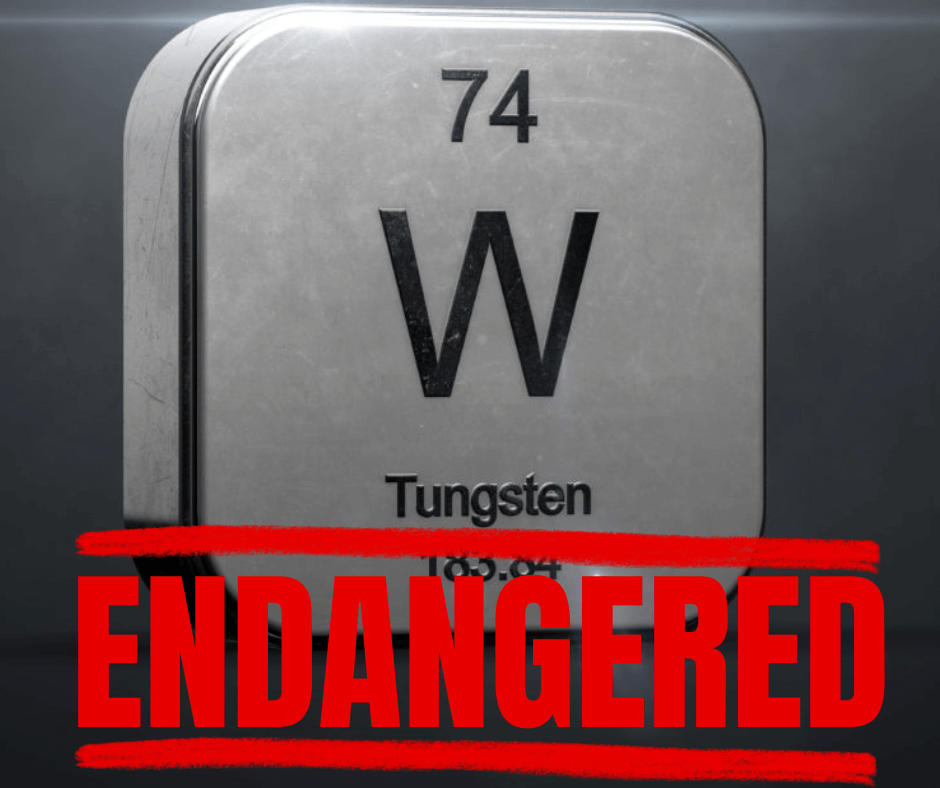Tungsten - the Endangered Critical Mineral
Tungsten is one of the world’s hardest and hardest-to-get materials.
With an uncanny ability to tolerate the most extreme high-temperature environments, and a highly dense and hard structure, this metal is a heavily sought-after commodity.
It is classified as a critical mineral by several countries for its use in key industries including energy and defense sectors because of the beneficial qualities it can add to prized modern alloys. Tungsten, one of the most resilient elements on the planet, is also utilised in more commonplace products like lights, transistors, as well as construction equipment and parts for cars and aircraft. It is among the most significant raw resources found on the planet.
Because of this, demand for tungsten is on the rise, increasing dramatically from 6% annually in recent years. However, the supply for this critical mineral is not keeping up with the growing demand.
1. Tungsten Reserves
One of the rarest minerals on Earth, tungsten is thought to be present in the crust at a concentration of roughly 1.5 parts per million. Approximately 3.5 million tons of tungsten reserves are found worldwide, with just over half of this located in China. Other major reserve-holding nations include Canada, Russia, USA, Vietnam and Bolivia respectively. In recent decades several factors have also contributed to a shift in the context of tungsten supply chains with Canada ceasing production from its sole tungsten mine and Vietnam boosting its output to overtake Russia as a major producer hot on the heels of China’s market dominance.
2. China’s Control
China continues to lead the world in tungsten product production, export, and consumption in addition to having the largest mineral deposits. The Chinese government carefully controls the supply of tungsten by enforcing production limits, restricting the number of mining and export licences, and accounting for 80% of the world's current supply.
Projections estimate that in its current capacity, tungsten will still be available as a global resource for at least over 100 years at our current global rate of consumption. However, that is provided that this critical metal isn’t hoarded by nations holding the lion’s share of the bounty such as China which has been a worrying concern for Western nations in recent years as the superpower has shifted away from larger-scale export of tungsten, instead focusing on utilising this prized commodity for its own domestic manufacturing applications.
With Russia, also following suit and focusing over 70% of its own supply for domestic use, coupled with dwindling stocks deemed fit for recycling and reuse, the foreseeable future of a century of continued global tungsten supply availability seems to be shortened dramatically as the world needs to look elsewhere for a reliable supply base. There are only a handful of mines around the world currently servicing supply meaning that tungsten is a critical mineral that has also made its way onto ‘the endangered list’ according to a recent report published by the British Geological Survey.
3. New Beacons of Hope for Alternative Supply
Fortunately, hope for a more diverse tungsten supply chain is not entirely lost with new entrants to the market at both mining and production stages helping to provide a more stable alternative to the Chinese-dominated tungsten supply. The Almonty Korea Tungsten project is based out of the Sangdong Mine in South Korea which contains one of the largest tungsten resources globally and has the potential to produce half of the world’s tungsten stocks excluding Chinese outputs. The mine project commissioning is set to be complete by the close of 2024, followed by a one-year period of the mine ramping up into production which is estimated to have the potential of lasting 90 years. The production of tungsten from this region is anxiously awaited by global economies, particularly because it will lessen China's monopoly on the global market.
On the production and manufacturing side of the coin, new large-scale production factories such as our own are opening in regions such as Vietnam to accommodate such new mining endeavors outside of China such as at Sangdong Mine. Tungsten Metals Group is the sole owner and operator of ATC Vietnam’s Ferrotungsten Production Factory located in Vinh Bao in the Haiphong region of Vietnam. Our factory boasts an impressive production capacity of 4,000 tons of ferrotungsten alloy each year, making it the largest facility of its kind outside of China. Backed by our team of experienced personnel from the Chinese ferroalloy and tungsten industries, we are aiming to help stablise supply chains for this endangered critical mineral away from the growingly unreliable control from Chinese interests.
With new mining projects and large-scale production facilities such as our own joining the cause, we hope we can help provide a much-needed beacon of hope for Western economies seeking to reduce dependency on Chinese-controlled supply as we move forward into the 21st century. These initiatives represent a positive shift in the face of recent growing uncertainty and offer a window into a future where more diverse supply chains for this commodity may guarantee tungsten’s availability for many more years to come.


